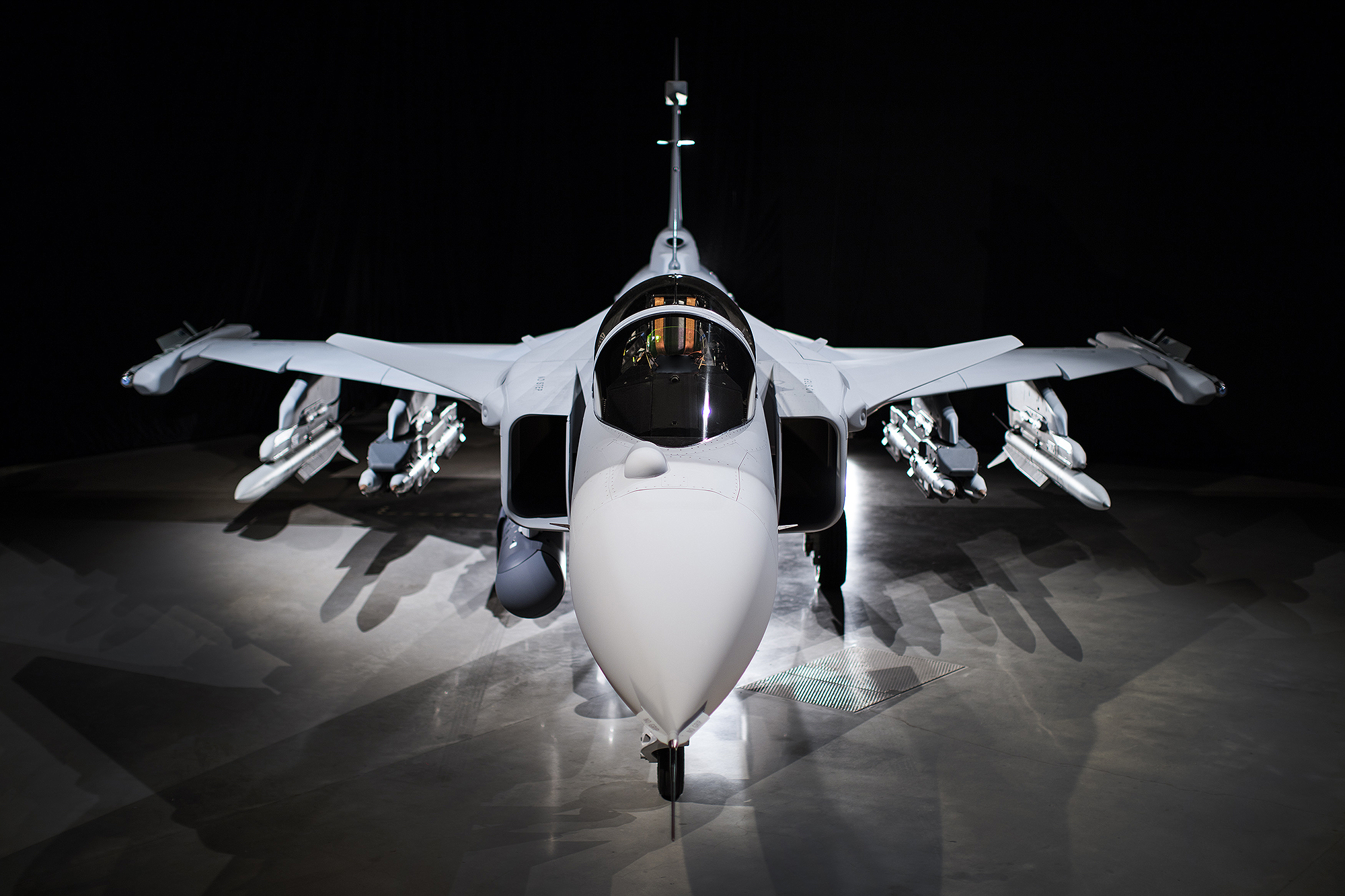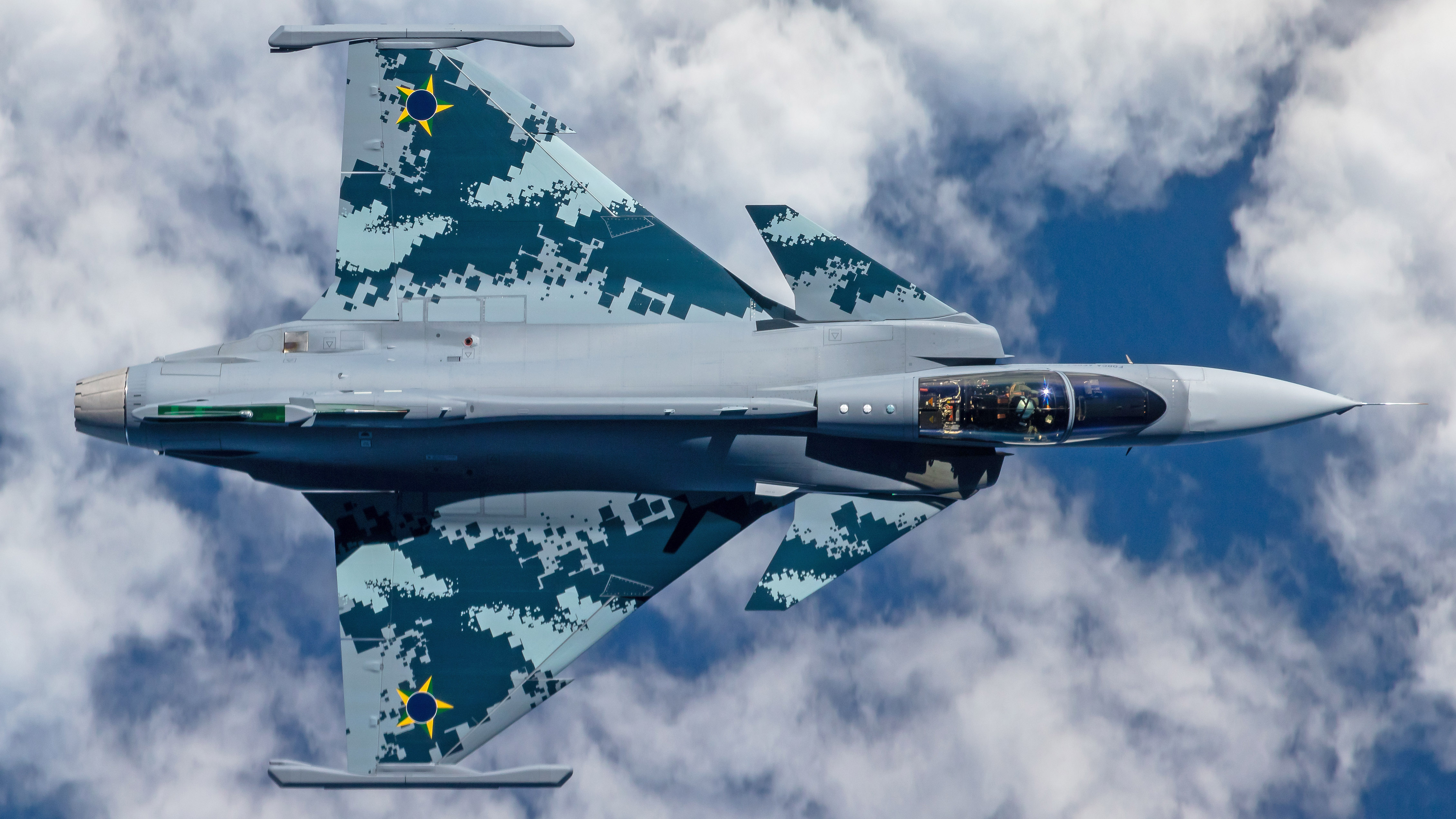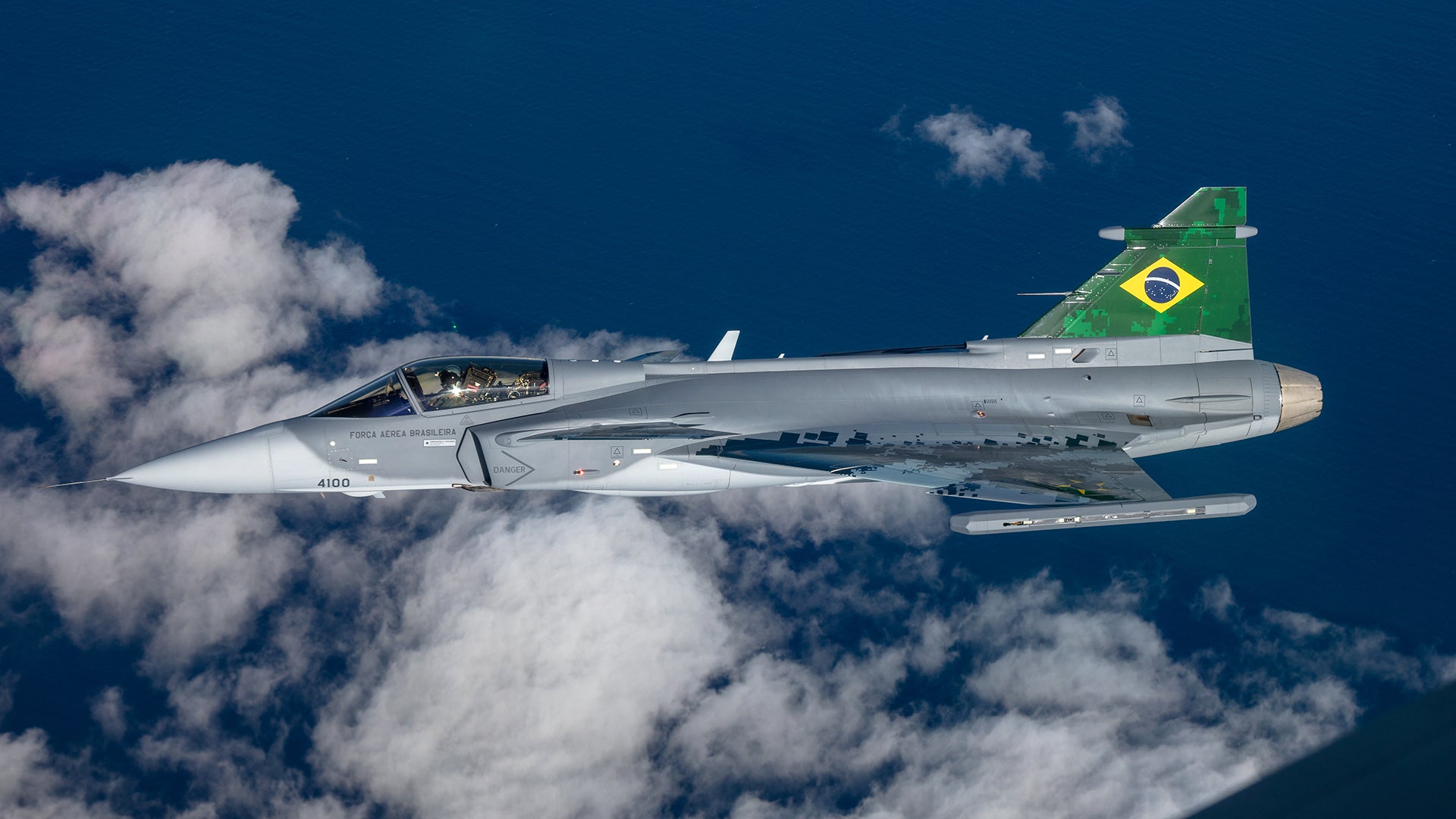Swedish aviation firm Saab has started building parts for its new Gripen E fighter jet in South America. Saab Aeronáutica Montagens (SAM), the firm’s first aerostructures plant outside of Sweden, has started production of key sections of the new fighter. The news represents a welcome boost for the Brazilian aerospace industry, which is experiencing unprecedented hardship due to the coronavirus pandemic.
Tail units and front fuselages of the single-seat Gripen E are the first components to enter into production at SAM, which is located in São Bernardo do Campo, Brazil. Subsequently, speed brakes as well as wing box and front fuselage sections for the two-seat F model will also be made here. These will then be delivered to the final assembly facilities at the Embraer plant in Gavião Peixoto, São Paulo, Brazil, as well as to Linköping, Sweden.
In 2014, Saab signed a contract with Brazil for 36 Gripen E/Fs, which that country has designated as F-39E/Fs with an additional requirement for 72 jets. The Swedish Air Force is also acquiring 60 Gripen Es, which it has designated as JAS-39Es. The first local Brazilian production work comes as Saab continues to make progress with the overall Gripen E/F program. In September 2019, the first Brazilian Gripen E was handed over in Sweden to the customer to begin flight-testing. The prototype two-seat F-model is now getting built in Linköping with Brazilian technicians working alongside Saab employees.

Saab won the Brazilian F-X2 competition in December 2013 and is initially supplying 28 single-seat Gripen Es and eight Gripen F two-seaters under a deal worth $4.8 billion. This includes an impressive transfer of technology that fully includes Brazilian defense companies. The project ultimately aims to generate 14,000 direct and indirect jobs.
Brazilian test engineers and pilots are currently in Linköping working alongside Saab employees ahead of the first aircraft being ferried to Brazil by the end of this year to join the Gripen Design and Development Network (GDDN). The prototype Gripen F will be delivered to Brazil in 2023 and it is designed to be used as a training platform as well as providing the extra capacity of a weapons systems officer (WSO) for complex mission sets, with both cockpits fitted with a new 19×8 inch touch-screen wide-area display (WAD).
Saab is renowned for its technology sharing and strong local industrial participation. Brazilian companies are involved with design and development of hardware and software for the new fighter. As the launch customer for the two-seat Gripen F, Brazil is engaged in a 50-50 split development between Saab in Sweden and the local GDDN.
“This is another outcome of the Transfer of Technology [ToT] of the Gripen program. Based on theoretical and practical on-the-job training of Brazilian engineers and assemblers at Saab in Linköping, we were able to establish a highly qualified production line at SAM, following the same standards that we have in our factory in Sweden…”
Jonas Hjelm, head of Saab’s Business Area Aeronautics, commented on the start of manufacturing work in Brazil.

Seven Gripen E test aircraft are now flying, the latest being serial 39-6004, which first flew in Sweden at the end of June. It follows the two-seat JAS 39D aircraft, serial 39-7, which serves as a technology demonstrator. The Gripen E prototype, serial 39-8, made its maiden flight on June 15, 2017, and then serial 39-9 flew on November 26, 2018, with 39-10 flown for the first time on June 10, 2019.
Saab flew the first Brazilian Gripen E, serial 39-6001/FAB 4100, on August 26, 2019, at Linköping. The first serial production aircraft, serial 39-6002, flew in November 2019, followed by 39-6004. Aircraft 39-6003 has not yet flown and it recently completed ground-based live-fire testing of the internal 27mm Mauser BK27 cannon.
With seven jets now supporting the flight-test program, Mikael Olsson, Saab’s Head of Flight Test and Verification, said the company is engaged in intensive envelope expansion testing in parallel with tactical testing of the Leonardo ES-05 Raven Active Electronically Scanned Array (AESA) radar, the infrared search and track (IRST), and electronic warfare system.
“We are now preparing to expand the Gripen E test program to include two more test sites,” Olsson added. These are the new Gripen Flight Test Center in Brazil and a joint test facility with the Swedish Air Force and the FMV procurement agency in Sweden, which is set to commence a domestic customer verification and validation program from next year.
Sweden currently operates three wings of Gripen C/Ds and it plans to accept the first Gripen E in 2023. Existing Gripen C/Ds are likely to be retained in Swedish service until as late as 2040 to streamline the transition to the Gripen E and also to serve as a stepping-stone between basic fast jet training and the Gripen E on the front line. Sweden recently launched a project to replace its aging Saab Sk60 jet trainers, with a variety of options on the table including the Boeing/Saab T-7A Red Hawk and the Swiss Pilatus PC-21.
While the Gripen E has been controversially left out of the competition in Switzerland, and Slovakia has opted for the Lockheed Martin F-16V Viper, Saab is targeting a number of other international customers for export of the new fighter. This includes India, where Gripen E is in competition with a wide array of other fighter jet designs for a huge Indian Air Force contract.

It is also competing against the Boeing F/A-18E/F Super Hornet and Lockheed Martin F-35A in the Canadian Future Fighter Capability Project (FFCP) and it has formed an industrial team that will support its bid for the contract for 88 new fighters to replace its aging CF-18A/B+ Hornets. It includes IMP Aerospace and Defense, CAE, Peraton Canada, and GE Aviation.
Public Works and Procurement Canada will select a winner using a formula that assigns 20% to industrial offsets, 20% to cost, and the remaining 60% to the entry’s overall capability. Saab’s head of Gripen business unit Eddy De la Motte said the company’s bid in Canada is “intended to provide not only with NATO-interoperable aircraft, but also [to provide] long-term high-skilled jobs and a made-in-Canada solution”.

Meanwhile, Finland’s HX competition is another important target for Saab and its Gripen E/F. The Swedish fighter fits nicely into the Finnish Air Force’s concept of operations for missions from austere road bases, with small conscript teams and minimal infrastructure. Saab has also included its GlobalEye Airborne Early Warning and Control (AEW&C) aircraft in the competition that sees it facing opposing bids from the Lockheed Martin F-35, Boeing F/A-18E/F and EA-18G, Dassault Rafale, and Eurofighter Typhoon.
Regardless, Saab has a critical Gripen E/F launch customer and industrial partner with Brazil and there is something to be said that one of the world’s most advanced fighters emanates at least partially from South America.
Contact the author: Jamie@thedrive.com
